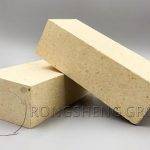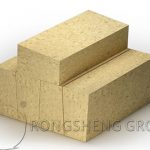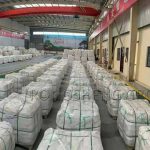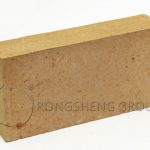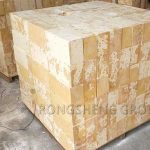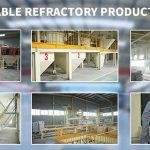High alumina flat brick. Flat bricks and continuous bricks are equivalent to the combination of several standard bricks, but they must be formed and sintered at one time. Commonly used materials are clay and high alumina. Choose flat bricks and even bricks according to the temperature. It is the same as clay brick or high alumina brick. Because this kind of brick is long, the middle part is generally suspended according to its usage, which is prone to high-temperature creep and bending down. Therefore, it is lower than the refractory brick of the same brand, about 100 ℃.
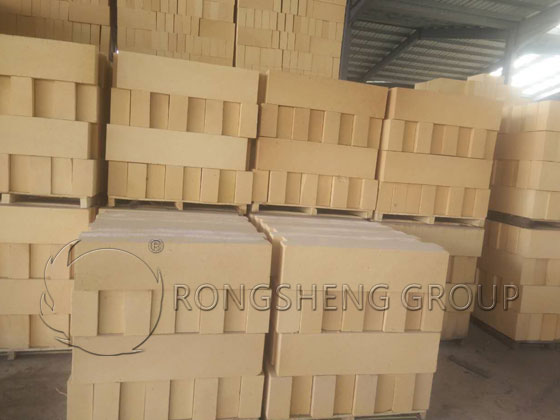
T3 high alumina standard brick product introduction. T3 high-alumina standard brick is a high-alumina brick with a standard size (230*114*65mm) with an Al₂O₃ content greater than 48%. The production process is similar to clay refractory bricks. According to different grades of bauxite clinker, different quality requirements. As well as the selection of the formula binder and the appropriate proportion distribution, it is calcined after being formed by a brick press.
T3 high alumina standard brick is a neutral refractory material. It has good resistance to acid, alkali slag, corrosion and oxidation of molten metal, and reduction reactivity. And it has the characteristics of high thermal stability, refractoriness above 1770°C, and good slag resistance.
The T3 high alumina standard brick of Rongsheng refractory brick manufacturer adopts the well-calcined rotary kiln GL-70 raw material. The bulk density is above 3g/cm³, the water absorption is less than 5%, and the sintering temperature is high. The advantages of low Na₂O and K₂O content. At the same time, an appropriate amount of mullite is added to strengthen the matrix, and the high-temperature volume effect of some natural minerals is used to achieve the characteristics of high softening temperature under load, high-temperature flexural strength, and low thermal expansion rate of the product.
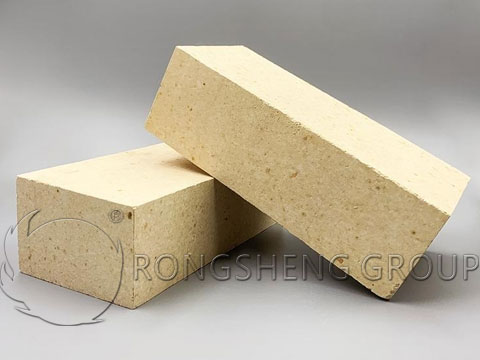
The fields of application of high alumina standard bricks are mostly suitable for blast furnaces, hot blast stoves, electric furnaces, cupolas, and coke ovens. Soaking furnace, heating furnace, refining furnace outside the furnace, rotary kiln and various industrial kiln lining, flue, smoke chamber, etc.
The size of high alumina refractory brick T3 is 230*114*65mm. Rongsheng refractory brick manufacturer accepts drawings to customize high-alumina special-shaped bricks. Contact number: 008618538312977. Mail: info@refractoryprice.com.
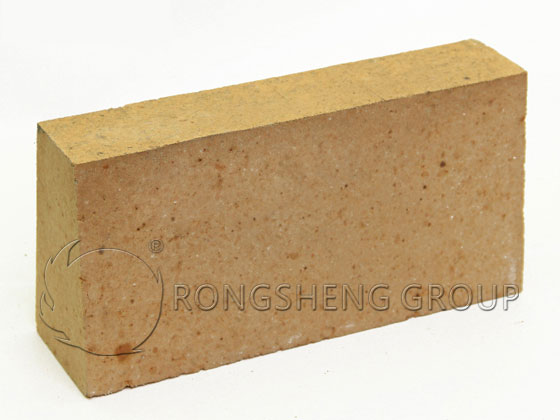
First-class high-alumina knife-edge brick T38-T39, knife-edge high-alumina brick. The size of the high aluminum small knife edge brick T39 is 230mm*114mm*65/45mm. High-alumina small knife-edge bricks are also divided into three grades, which are usually divided into three grades according to the Al2O3 content in high-alumina bricks. Class I——Al2O3 content>75%. Ⅱ etc. ─ ─ Al2O3 content is 60 ~ 75%. Ⅲ, etc. ── Al2O3 content is 48 to 60%. High alumina small knife-edge brick T38 is also one of the most commonly used refractory bricks for kilns. Rongsheng refractory brick manufacturer produces and sells high alumina bricks, which are mainly used for masonry lining of blast furnaces, hot blast stoves, electric furnace roofs, blast furnaces, reverberatory furnaces, and rotary kilns. In addition, high alumina bricks are also widely used as open-hearth regenerative checker bricks, plugs for pouring systems, nozzle bricks, etc. However, the price of high alumina bricks is higher than that of clay bricks, so it is not necessary to use high alumina bricks where clay bricks can meet the requirements. High alumina knife-edge brick is a neutral refractory material with an alumina content of more than 48%. It is formed and calcined from bauxite or other raw materials with high alumina content. High thermal stability, and refractoriness above 1770°C. Good slag resistance. It is used for the lining of masonry steelmaking electric furnaces, glass melting furnaces, cement rotary furnaces, etc.
The main differences between insulation bricks and refractory bricks are as follows:
- Thermal insulation performance. The thermal conductivity of insulation bricks is generally 0.2-0.4 (average temperature 350±25°C) w/m.k, while the thermal conductivity of refractory bricks is above 1.0 (average temperature 350±25°C) w/m.k. It can be concluded that the thermal insulation performance of insulating bricks is much better than that of refractory bricks.
- Refractoriness. The refractoriness of insulation bricks is generally below 1400 degrees, while the refractoriness of refractory bricks is above 1400 degrees.
- Density. Insulation bricks are generally light insulation materials with a density of 0.8-1.0g/cm3 and refractory bricks are generally above 2.0g/cm3.
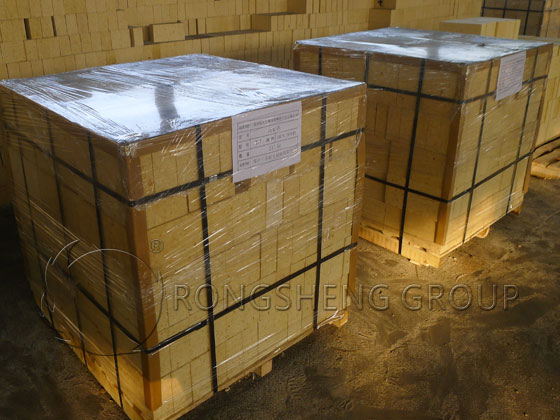
Rongsheng Refractory Bricks Manufacturer’s Ex-Factory Price
Rongsheng refractory brick production and sales manufacturer is a refractory brick manufacturer with strength and rich production and sales experience. Rongsheng’s refractory brick products are widely used in the working layer, insulation layer, and other parts of the refractory lining of various high-temperature industrial kilns. Rongsheng manufacturers can provide customization of refractory bricks, development of solutions for refractory lining materials, and demolition and construction of refractory lining materials. Contact us for free prices, samples, and solutions.



